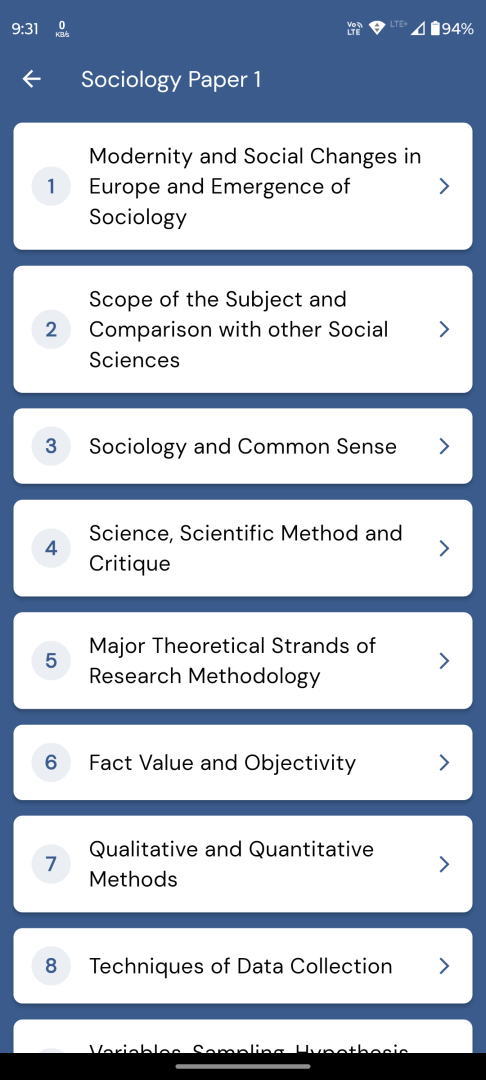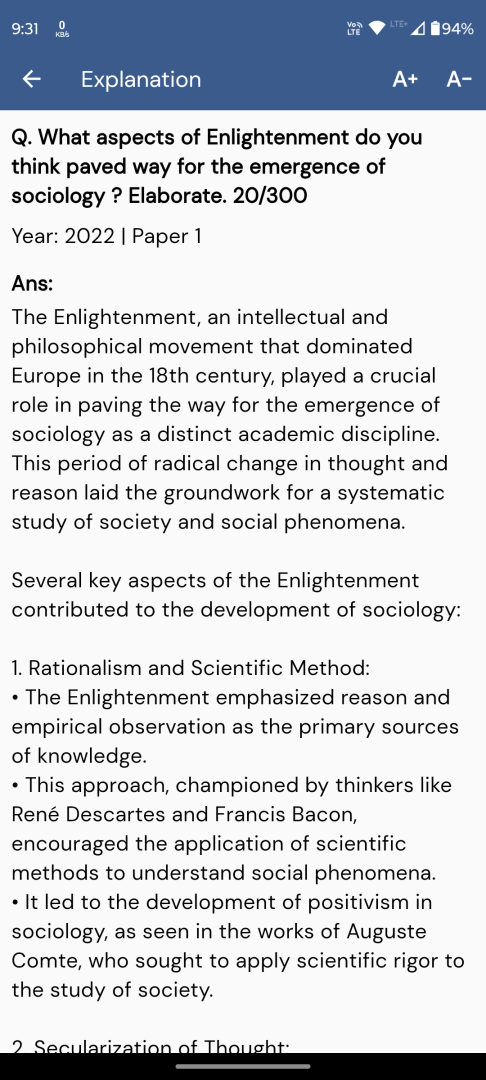Parsons Theory of Social Change
Talcott Parsons Theory of Social Change
Talcott Parsons, a prominent American sociologist, developed a comprehensive functionalist theory of social change that has significantly influenced sociological thought. His theory offers a complex understanding of how societies evolve over time, emphasizing the interplay between stability and change in social systems.
I. Foundations of Parsons’ Theory
Parsons’ theory of social change is rooted in his broader structural-functionalist approach to sociology. He viewed society as a complex system of interconnected parts, each serving a specific function to maintain social equilibrium. However, Parsons recognized that societies are not static but undergo constant change.
Key concepts in Parsons’ foundational thinking include:
• System Integration: Parsons argued that social systems strive for integration and balance among their various components.
• Functional Prerequisites: He identified four functional prerequisites that all societies must fulfill to survive: adaptation, goal attainment, integration, and latency (AGIL).
• Evolutionary Universals: Parsons introduced the concept of “evolutionary universals” – fundamental tendencies that drive social change across diverse societies.
II. The Process of Social Change
Parsons viewed social change as a complex, multifaceted process:
1. Differentiation and Adaptation
Parsons argued that social change primarily occurs through increasing differentiation and adaptation within social systems. As societies become more complex, they develop more specialized roles and institutions to meet their needs.
• Structural Differentiation: This involves the creation of new, more specialized social structures to handle specific functions.
• Adaptive Upgrading: As differentiation occurs, societies must develop new ways to integrate these specialized parts, leading to more complex forms of social organization.
2. Rationalization and Value Generalization
Drawing on Max Weber’s concept of rationalization, Parsons emphasized two key processes:
• Rationalization: The increasing use of rational, systematic approaches to organizing social life.
• Value Generalization: As societies become more complex and differentiated, their value systems become more abstract and generalized to accommodate diverse subgroups.
3. Inclusion and Upgrading of Value Patterns
Parsons argued that social change involves:
• Inclusion: The progressive incorporation of previously excluded groups into full societal membership.
• Upgrading of Value Patterns: The development of more universal and abstract value systems that can accommodate greater diversity.
III. Evolutionary Stages of Societal Development
Parsons proposed an evolutionary model of societal development, identifying three main stages:
1. Primitive Societies
• Characteristics:
– Kinship-based social organization
– Limited technological development
– Subsistence economy
• Key institutions: Family, clan, tribe
2. Intermediate Societies
• Characteristics:
– More complex social stratification
– Development of writing and formal legal systems
– Emergence of state structures
• Key institutions: Feudal systems, early empires
3. Modern Societies
• Characteristics:
– High degree of structural differentiation
– Complex division of labor
– Universalistic legal and ethical systems
• Key institutions: Nation-state, market economy, democratic political systems
Parsons argued that this evolutionary process was driven by the increasing ability of societies to control their environments and manage complexity.
IV. Mechanisms of Change
Parsons identified several mechanisms through which social change occurs:
1. Tension Management and Adaptive Structures
- Societies develop adaptive structures to manage tensions arising from internal contradictions or external pressures.
- These adaptive responses can lead to further differentiation and complexity.
2. Cultural and Technological Innovation
• New ideas, values, and technologies can disrupt existing social patterns and necessitate adaptive changes.
3. Interchange Between Subsystems
• Change in one part of the social system (e.g., the economy) can necessitate adaptations in other parts (e.g., the political system).
4. Evolutionary Universals
• Certain innovations (e.g., bureaucratic organization, money and market systems) tend to emerge in all societies as they become more complex.
V. Revolutionary Change
While Parsons focused primarily on gradual, evolutionary change, he also addressed more radical forms of social transformation:
• Conditions for Revolutionary Change:
– Widespread discontent
– Emergence of alternative ideologies
– Legitimation crisis in existing institutions
• Parsons argued that even revolutionary changes ultimately undergo processes of institutionalization and adaptation, bringing them back into the broader evolutionary trajectory.
VI. Critique and Legacy
Strengths:
• Provides a comprehensive framework for understanding long-term social change
• Integrates cultural, structural, and evolutionary perspectives
• Offers insights into the relationship between differentiation and integration in social systems
Criticisms:
• Overemphasis on order and stability at the expense of conflict and power dynamics
• Tendency towards teleological thinking in its evolutionary model
• Difficulty in empirically testing some of its more abstract concepts
Despite these criticisms, Parsons’ theory remains influential in sociological discussions of social change, offering valuable insights into the complex processes through which societies evolve over time.




